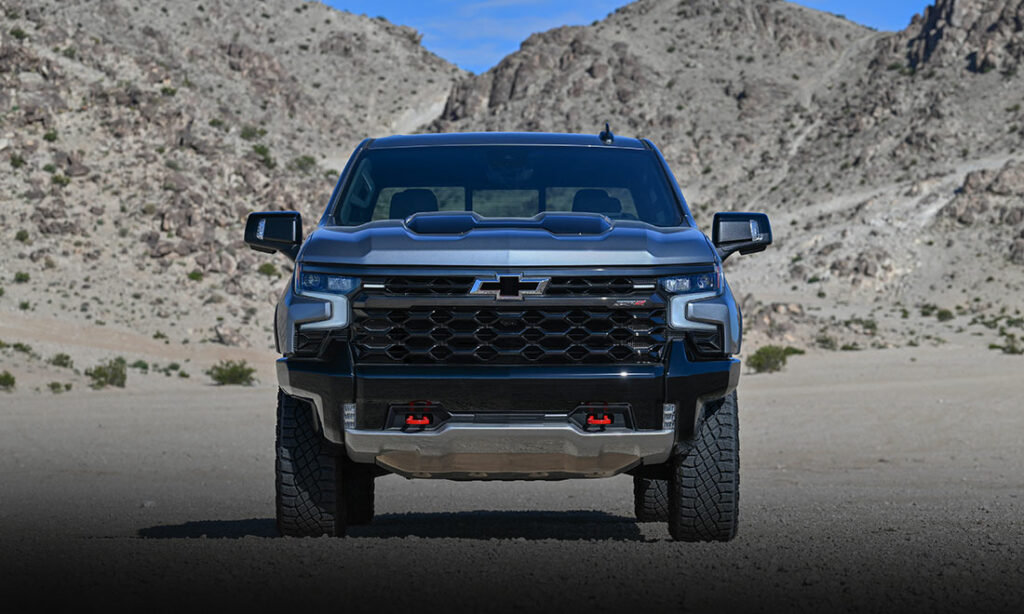Classic Clash: ’71 Pontiac GTO vs ’71 Dodge Challenger
We pit two classics head-to-head for muscle car supremacy. It’s peak Pontiac vs Hemi power with the GTO taking on the Challenger.
Of GOATs and New Challengers
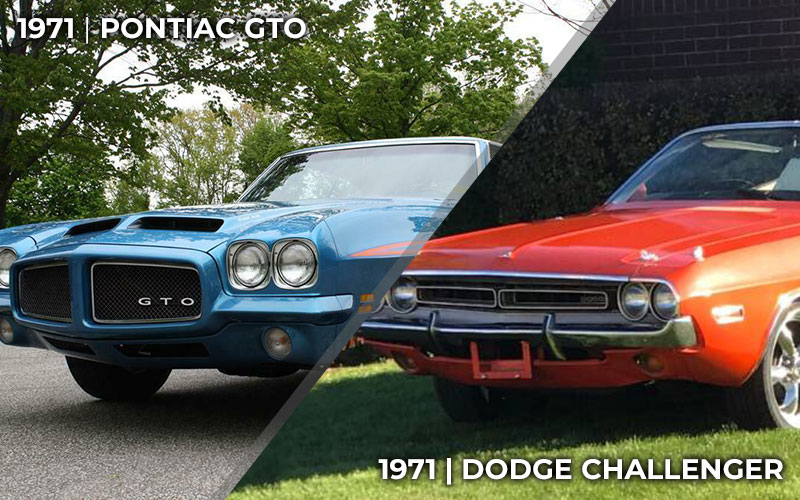
Though muscle cars tend to loom large in our automotive imaginations, their heyday was actually a very brief interval, cut short by emissions regulations and the Oil Crisis. The heady years of the mid-to-late-1960s gave us legends: the Mustang, the Camaro, the Charger, and more. But as quickly as the early 1970s, the market for youth-oriented sports cars had begun to cool. As new regulations bit into performance, the spirit of muscle cars began to ebb, along with sales. Today, we wanted to look back at two muscle car greats, the Pontiac GTO and the Dodge Challenger, at arguably their peak. Was the GTO the greatest of all time? Or did the newly minted Challenger succeed in stealing its V8 thunder?
’70-’71 Dodge Challenger
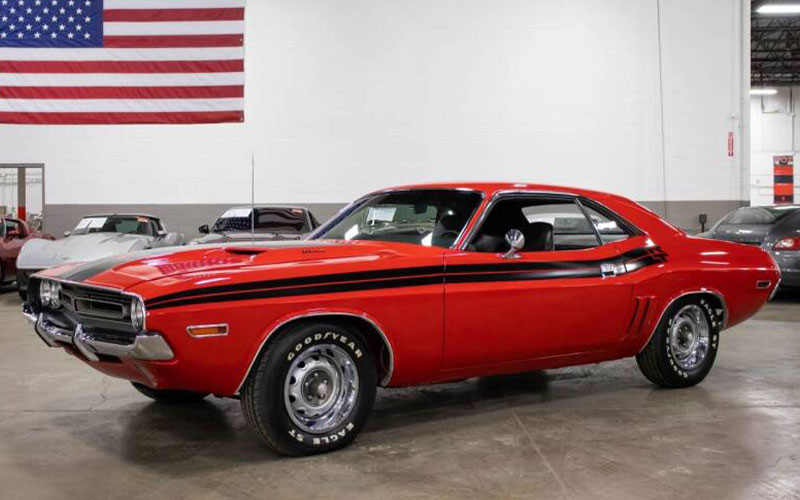
In 1970, the Dodge Challenger was Chrysler’s new entrant into the already shrinking muscle car market. Intended to compete with Ford’s Mercury Cougar, the (somewhat) upscale Challenger shared the E-body platform with Chrysler’s original pony car, the Plymouth Barracuda. Unlike the GTO, which only offered two V8s, the new Challenger could be had with numerous engines ranging from a 225-cu. in. slant-6 to five different V8s topping out with options for either a 440 Magnum or 426 Hemi. Most desirable was the Challenger R/T with its 383-cu. in. Magnum V8 and a shaker hood scoop. A special edition T/A (Trans Am) homologation version was offered for just 1970 with a 340 V8. Yet more engine options would be added later in the first generation.
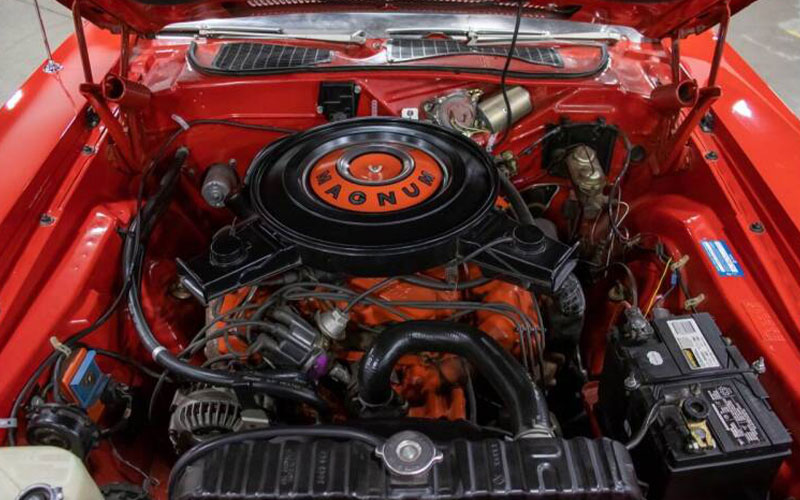
The Challenger’s look was a recycled design. Carl Cameron, the designer of the Dodge Charger, created the Challenger based off an early Charger prototype design. Cameron utilized a “coke-bottle” body, which lent the Challenger a distinctly lithe, athletic look. For 1971, the Challenger coupe became the new base version of the car, with options for a slant-6 or larger V8. The R/T saw a slight drop in horsepower, to 300 even due a change in compression ratio, while the T/A and upscale SE trim package were both dropped.
The Challenger may have been a new car, but its muscle car segment was rapidly aging, and sales for the Challenger were already hurting and the 426 and 440 V8s would be dropped, along with the convertible option, by 1972.
’71 Pontiac GTO
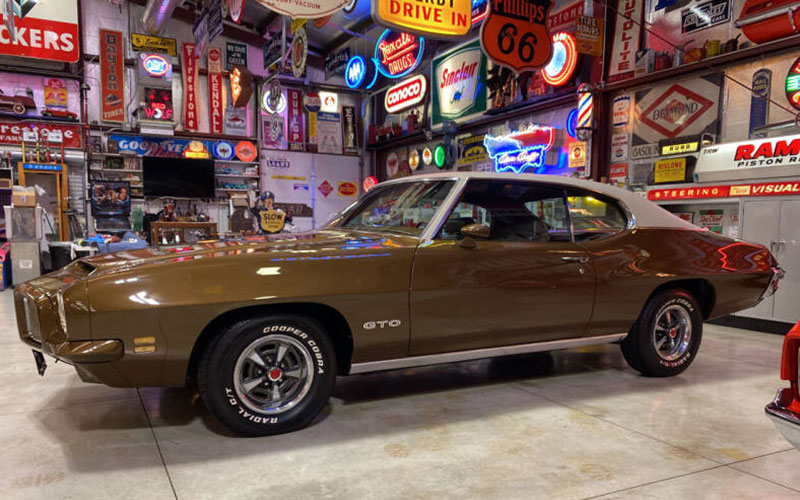
Meanwhile, by 1971, the Pontiac GTO was already long in the tooth and well into its second generation, having pioneered the muscle car space all the way back in 1964. The GTO had been the brainchild of John DeLorean (creator of the DMC-12 a.k.a. the Back to the Future car.) DeLorean and his team at Pontiac had hoped to drum up sales in the emerging youth market with a special edition of the Pontiac Le Mans. They outdid themselves with the GTO and sparked one of the most popular and influential automotive eras in history.
Over its two generations, the GTO had already seen a good number of changes, both mechanical and otherwise. The first generation’s top engine, the 400 cu in V8 was the base option for the second generation and was complimented by a larger 455 cu in V8. The exterior received major revisions. Gone were the stodgy straight lines of the 60s and in there place a more modern and curvaceous body.
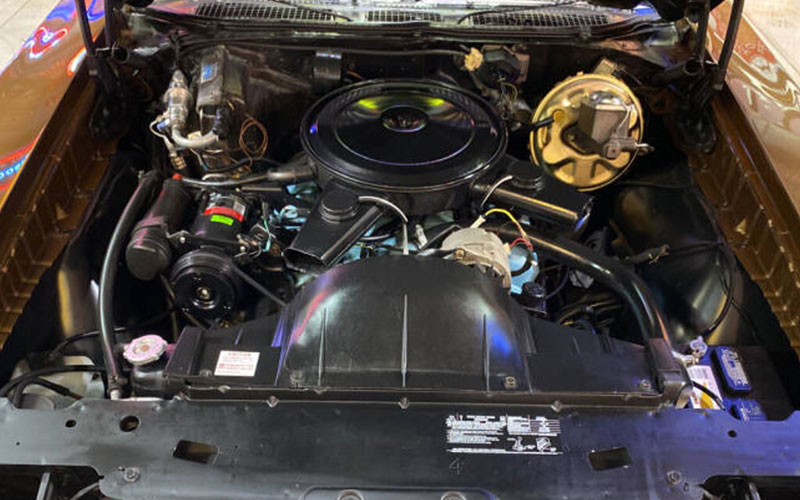
The 1971 Pontiac GTO revised things still further, most notably its exterior. First, the car was longer, now stretching to 203.3 inches. The headlights were brought closer together, a new wire mesh grille was added, along with hood scoops and bumper bars. Compression ratios for the two V8s were reduced in anticipation of the nationwide switch to unleaded fuel. The Judge offering remained for 1971, but in low numbers, with just 357 coupes and 17 convertibles built that year. The Ram Air engines, around since 1967, were discontinued for the 1971 model year. This left Judge models with the 455 HO (High Output) V8.
Ram Air wasn’t the only feature discontinued for 71, either. The VOE (Vacuum Operated Exhaust) reduced backpressure while seriously augmenting the exhaust note. I only mention it because of the comically bad Super Bowl IV commercial, which featured the tag line, “The Humbler.” So bad was the commercial that not only did GM cancel the spot, but they also canceled the VOE option itself in mid-1970.
As with the muscle car market writ large, the GTO’s sale numbers were down again in 1971, with a total of 10,532 produced for that model year.
The Judge vs Vanishing Point
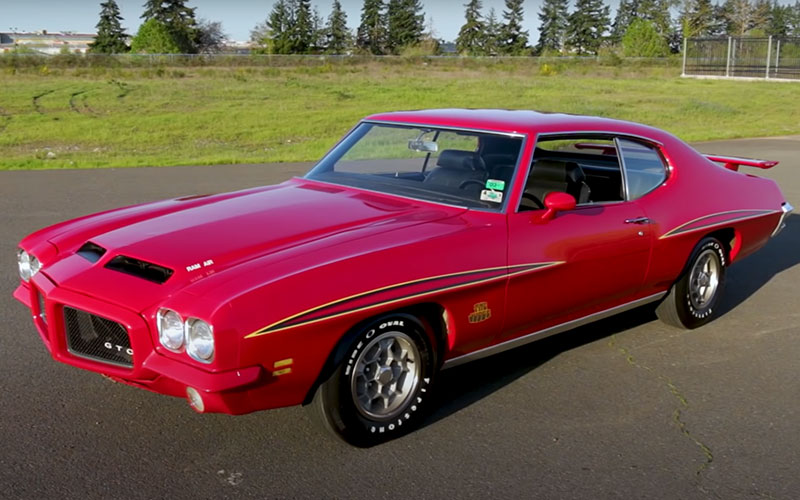
To settle which muscle car is the better, we could do an old-fashioned drag race. However, both the 440 equipped Challenger and 455 GTO sprinted from zero to sixty in about 6 seconds and ran a quarter mile in a scoche over 13 seconds. So, in lieu of a race, I felt we would ask Hollywood to settle the score.
I already mentioned the GTO’s epic Super Bowl ad fail in 1970, but the origins of the “Judge” name bears mentioning too. The name “The Judge” was taken from a Laugh-In skit featuring Sammy Davis Jr. and the tag line, “Here comes the Judge” which had become something of a pop culture sensation at the time. The “where the beef?” of its day. Pontiac’s marketing made the odd choice of translating the goofy sketch comedy reference to serious muscle car by way of a corny TV ad featuring the musical group Paul Revere & the Raiders. As cool as the GTO and The Judge were, the clunky marketing sure wasn’t helping those struggling sales.
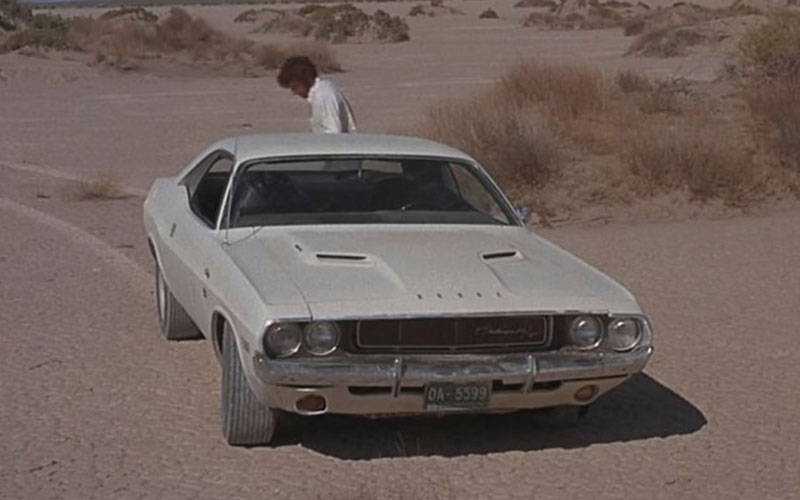
The Challenger, by contrast, got a starring role in the movie Vanishing Point. The hero car for the film was a white 1970 supercharged Challenger R/T ripping its way through the California desert at high speed. Reportedly, director Richard Zanuck had chosen the Challenger specifically because Chrysler had been renting 20th Century Fox cars at the low rate of a dollar a day. To return the favor, Zanuck gave the Challenger the role, no audition needed.
So, here we weigh the legendary marketing fails of the GTO against one of the most memorable car movies and chase scenes of all time for the Challenger…easy call, no?


